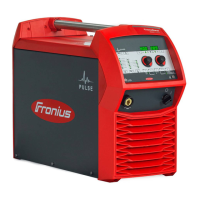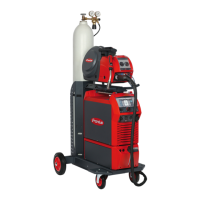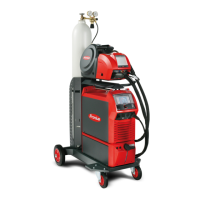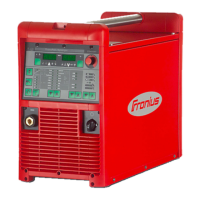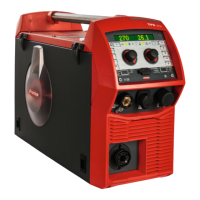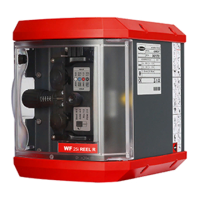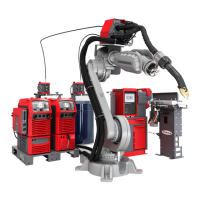13 SEP 12
/ Battery Charging Systems / Welding Technology / Solar Electronics
Quality (
Quality (Quality (
Quality (
standard or high
⁄
⁄⁄
⁄
This trait refers to the tolerance of
the wire diameter the tip is designed
for. Standard
StandardStandard
Standard quality tips have a
much looser tolerance than High
High High
High
Quality
QualityQuality
Quality tips. High Quality
High QualityHigh Quality
High Quality tips wear
at a slower rate than Standard
StandardStandard
Standard
quality tips.
Thread Size (
Thread Size (Thread Size (
Thread Size (
M6, M8, and M10
⁄
⁄⁄
⁄
This trait refers to the size of the
threads the contact tip will screw
into. M8 and M10 are typical sizes
for most MIG applications.
Wire Size (
Wire Size (Wire Size (
Wire Size (
see below
⁄
⁄⁄
⁄
The wire size refers to the diameter
of the wire the tip is designed for.
This size can be either standard
(US⁄ or metric (EU⁄. Basic sizes
used in the US are
Fraction
FractionFraction
Fraction Standard
StandardStandard
Standard Metric
MetricMetric
Metric
- - - .035 .9
3/64 .045 1.2
1/16 .062 1.6
Bore Size (
Bore Size (Bore Size (
Bore Size (
none, Center-Bore
⁄
⁄⁄
⁄
This trait refers to how the inner
linger fits into the contact tip. This
is critical with Aluminum wire
especially.
None
NoneNone
None: There is no center bore,
the contact tip end is cone
shaped to guide the wire through
the tip.
Center Bore (
Center Bore (Center Bore (
Center Bore (
CB
⁄
⁄⁄
⁄: The contact tip
is squared off internally (see
figure 2⁄ and will come in one of
two sizes (4.1mm or 4.8mm⁄
depending on the size of the
inner liner.
CB tips are required for aluminum
welding. This type of tip allows
the liner to be exactly centered in
the tip.
Figure 2: no bore versus center-bore
1
11
1
2
22
2
3
33
3
1
11
1
2
22
2
3
33
3
Consumables
Contact Tips
-
--
- 63
63 63
63 -
--
-
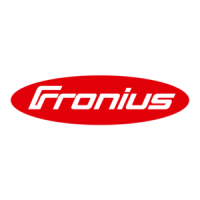
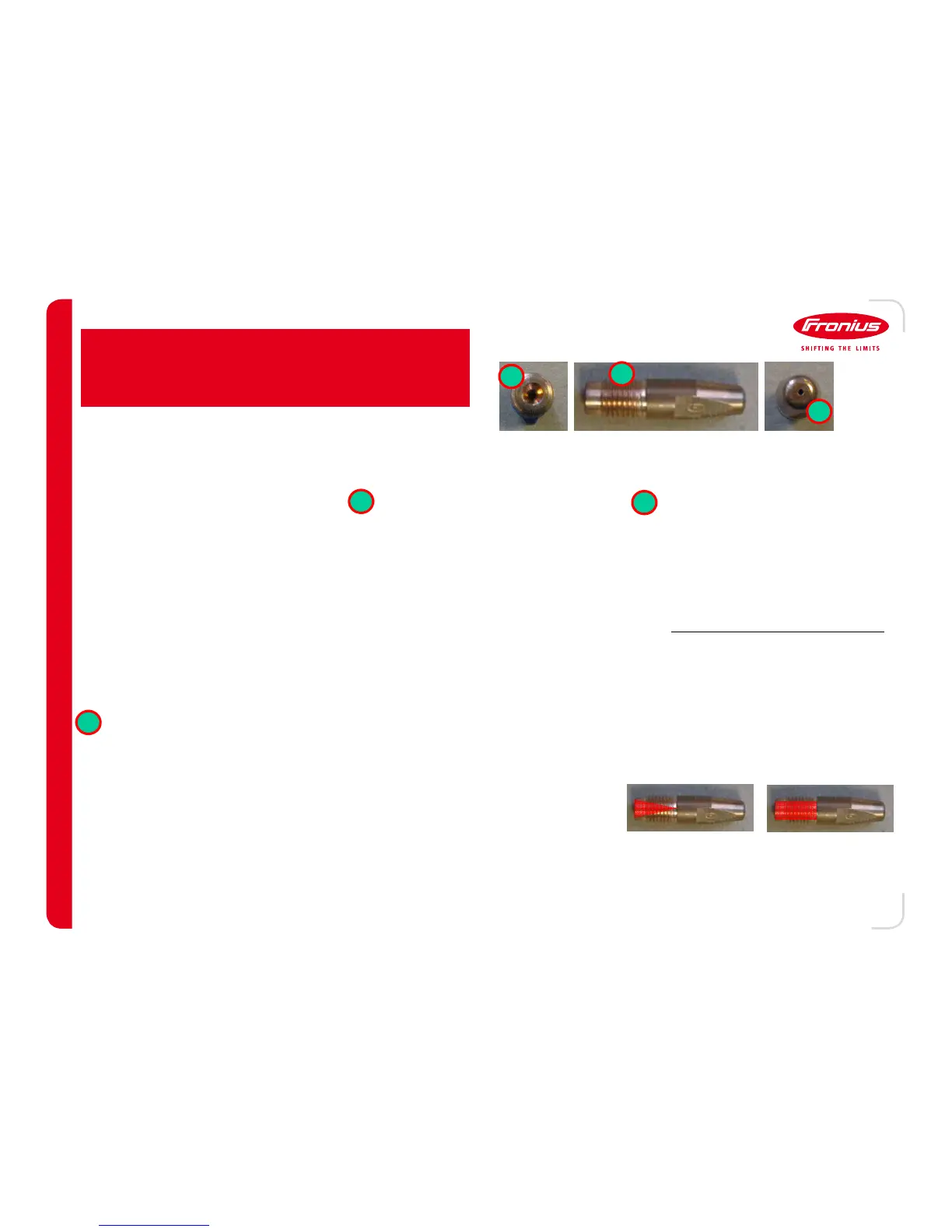